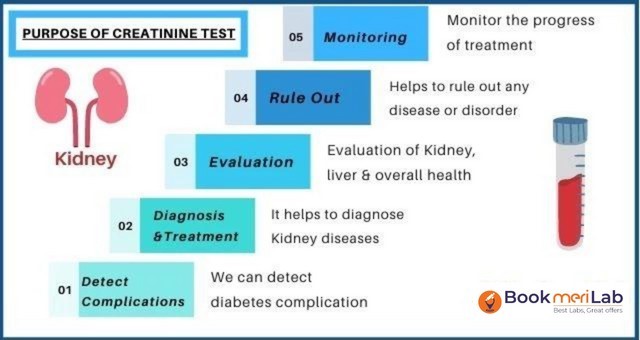The practical nurse (PN) is assisting with the admission of a client with complications of left- sided heart failure. Which focused assessment should the PN implement first?
Heart sounds
Mood and affect
Chest pain
Bilateral lung sounds
The Correct Answer is D
The correct answer is choice D - Bilateral lung sounds.
Choice A rationale:
Heart sounds. While assessing heart sounds is crucial, the question specifically mentions complications of left-sided heart failure, which primarily affects the lungs. Therefore, assessing lung sounds is a higher priority in this situation.
Choice B rationale:
Mood and affect. While assessing the client's mood and affect is important for holistic care, it is not the most critical assessment to implement first in the case of left-sided heart failure complications.
Choice C rationale:
Chest pain. Although chest pain may be a symptom of left-sided heart failure complications, assessing bilateral lung sounds takes precedence as it directly relates to the client's respiratory status.
Choice D rationale:
Bilateral lung sounds. In left-sided heart failure, fluid can accumulate in the lungs, leading to pulmonary congestion and impaired gas exchange. Therefore, assessing lung sounds helps identify any respiratory distress early on, allowing prompt intervention and prevention of further complications.
Nursing Test Bank
Naxlex Comprehensive Predictor Exams
Related Questions
Correct Answer is B
Explanation
The correct answer is choice B, Serum creatinine. Choice A rationale:
The white blood cell count (WBC) is an important parameter for assessing the body's immune response to infections. While it can provide valuable information about the presence of an infection, it is not directly related to nephrotoxicity. Therefore, it is not the most important laboratory value to review before administering an antibiotic that can cause nephrotoxicity.
Choice B rationale:

Serum creatinine is a crucial laboratory value to assess kidney function. It is a waste product that is filtered by the kidneys, and its level in the blood is a reliable indicator of kidney function. If the serum creatinine level is elevated, it suggests impaired kidney function, which can be a warning sign of nephrotoxicity. Reviewing the serum creatinine level before administering nephrotoxic antibiotics is essential to ensure that the client's kidneys are functioning adequately and to avoid potential harm.
Choice C rationale:
Hemoglobin and hematocrit are indicators of the client's red blood cell count and blood's oxygen-carrying capacity. While these values can provide information about the client's overall health status, they are not directly related to nephrotoxicity. Therefore, they are not the most important laboratory values to review in this particular scenario.
Choice D rationale:
Serum calcium levels are essential for assessing bone health, nerve function, and muscle contractions. However, they are not directly related to nephrotoxicity, and reviewing serum calcium levels alone would not provide sufficient information about kidney function. Hence, it is not the most critical value to review before administering nephrotoxic antibiotics
Correct Answer is C
Explanation
This is the most important information for the PN to ask because it assesses the client's risk for self-harm and suicidal ideation. The client's statements indicate hopelessness, low self-esteem, and impaired functioning, which are potential warning signs of suicide. The PN should ask the client directly about any thoughts or plans of harming themselves and provide support and safety measures as needed.
A. Questioning about which rituals are most often used to reduce anxiety is not a priority and may reinforce the client's compulsive behavior.
B. Asking if the obsessions and compulsions interfere with sleep is not a priority and may not address the client's emotional distress.
D.Determining what makes the client think people are laughing is not a priority and may not be helpful for the client's perception of reality.
Whether you are a student looking to ace your exams or a practicing nurse seeking to enhance your expertise , our nursing education contents will empower you with the confidence and competence to make a difference in the lives of patients and become a respected leader in the healthcare field.
Visit Naxlex, invest in your future and unlock endless possibilities with our unparalleled nursing education contents today
Report Wrong Answer on the Current Question
Do you disagree with the answer? If yes, what is your expected answer? Explain.
Kindly be descriptive with the issue you are facing.
